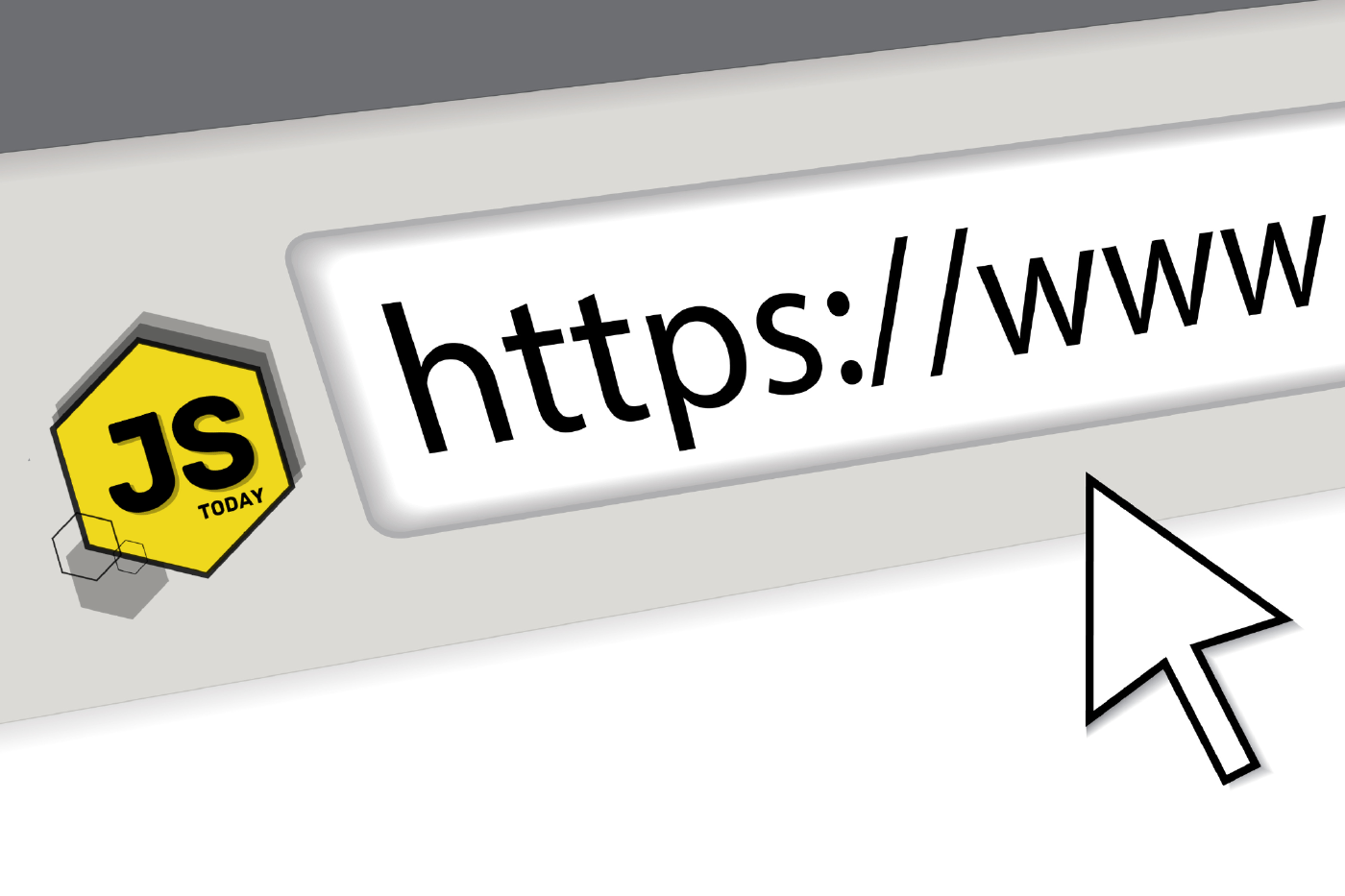10 Common Mistakes to Avoid When Developing a Website
Developing a website can be an exciting and rewarding experience. However, it can also be a frustrating and challenging process, especially if you’re new to web development. To help you avoid some common mistakes, we’ve compiled a list of 10 things to watch out for when developing a website.
In this article, we’re going to explore ten mistakes to avoid when developing your next website.
1. Lack of planning
Before starting any project, it’s essential to have a plan. Determine your website’s purpose, target audience, and goals before jumping into design and development. This will ensure that you build a website that meets your needs and is user-friendly.
Lack of planning is a common mistake that can lead to delays, increased costs, and a website that doesn’t meet your objectives or user needs. Here are some additional tips for avoiding this mistake:
- Define your website goals: Determine what you want your website to achieve. Is it to sell products, generate leads, provide information, or something else? This will help you determine what features and functionality your website needs.
- Identify your target audience: Determine who your website is for. What are their needs, interests, and preferences? This will help you design a website that meets their needs and delivers a great user experience.
- Create a sitemap: Develop a visual representation of your website structure. This will help you identify what pages and content you need, and how they should be organized.
- Plan your content: Determine what content you need for each page of your website. This includes text, images, videos, and other media. Plan for how the content will be created, curated, and updated over time.
- Set a budget and timeline: Determine how much you can spend on your website development and how long it will take to complete. This will help you prioritize your resources and stay on track.
- Choose the right platform and tools: Select the right content management system (CMS), website builder, or development tools for your project. This will depend on your website requirements, budget, and technical skills.
By taking these steps, you can avoid the common mistake of lack of planning and ensure that your website development project is a success. Remember to review and update your plan as necessary throughout the development process to ensure that you stay on track and deliver a website that meets your goals and user needs.
2. Ignoring mobile responsiveness
In today’s mobile-first world, it’s crucial to ensure that your website is mobile-friendly. Ignoring mobile responsiveness can lead to a frustrating experience for users who visit your website on a smartphone or tablet.
Ignoring mobile responsiveness is a common mistake that can lead to a poor user experience and reduced traffic to your website. To prevent this, you can use a library such as bootstrap, or Bulma, or the many other css frameworks.
3. Overcomplicating design
While it’s tempting to create an elaborate design for your website, it’s essential to remember that simple designs are often more effective. Overcomplicating your website’s design can make it difficult to navigate and detract from the content.
Keep things simple. It makes things much easier to understand. You should also strive for a consistent design throughout your website to create a cohesive and professional look. Use the same color scheme, fonts, and design elements.
4. Poor website performance
Slow website performance can lead to a poor user experience and hurt your search engine rankings. More seriously, it can frustrate your users and lead to reduced traffic on your site. What’s the fun in creating something if people don’t want to use it? Let’s take a look at some tips to avoid poor performance:
- Optimize images: Large images can slow down your website’s load time. Make sure to optimize your images by compressing them to reduce their file size. Use image compression tools like TinyPNG or Kraken.io to optimize your images without compromising their quality.
- Use caching: Caching allows your website to store commonly used data on the user’s device, which can improve load times. Use caching plugins or tools like WP Rocket to optimize your website’s caching and improve performance.
- Minimize HTTP requests: HTTP requests are made every time a user loads a webpage. Too many requests can slow down your website’s load time. Minimize HTTP requests by combining CSS and Javascript files, and reducing the number of images and plugins on your website.
- Eliminate unnecessary code: Extra code can slow down your website’s load time. Remove any unnecessary code, comments, or whitespace to improve your website’s performance.
- Optimize your hosting: Choose a hosting provider that offers fast load times and good uptime. Consider upgrading to a dedicated server or a virtual private server (VPS) if you have a high-traffic website. You might want to take a look at Bluehost, HostGator, InMotion Hosting. Check out Host Advice to see a more detailed look into hosting providers.
5. Neglecting SEO
Search engine optimization (SEO) is critical for driving traffic to your website.
Neglecting SEO can have serious consequences for your website or online business. SEO is the process of optimizing your website’s content and structure to increase its visibility and ranking on search engines like Google and Bing. Neglecting SEO means that your website is not properly optimized to appear in search engine results, which can significantly reduce your online visibility, traffic, and revenue.
Here are some potential consequences of neglecting SEO:
- Reduced visibility
- Missed opportunities
- Increased competition
- Poor user experience
- Wasted resources
Neglecting SEO can have serious consequences for your website and online business. It is important to invest in SEO to ensure that your website is properly optimized for search engines, and that you are able to reach your target audience and generate more traffic and revenue.
6. Inconsistent branding
Consistent branding across your website is essential for creating a cohesive user experience. Inconsistent branding can harm your business in many ways. Branding is the process of creating a unique identity for your business that distinguishes it from competitors and helps customers recognize and remember it. Consistent branding is essential for building brand awareness, loyalty, and trust. Inconsistent branding, on the other hand, can lead to confusion, mistrust, and lost opportunities.
To avoid negative consequences of inconsistent branding, it is essential to develop and maintain a clear and consistent brand identity that aligns with your business objectives and values. This includes using consistent logos, colors, fonts, and messaging across all touchpoints, such as your website, social media profiles, advertising campaigns, and product packaging. By maintaining a consistent brand identity, you can improve brand recognition, customer loyalty, and trust, and ultimately drive growth and success for your business.
7. Poor content quality
The content on your website is critical for engaging visitors and driving conversions. Poorly written or irrelevant content can hurt your website’s credibility and drive visitors away. Poor content quality is a major issue that can harm the credibility and effectiveness of your marketing efforts. When content is poorly written, lacks structure, and is presented without bullet points or numbers, it can be difficult for readers to follow and absorb.
8. Lack of accessibility
Accessibility is essential for ensuring that everyone can use your website, regardless of their abilities. Make sure your website is designed to be accessible to users with disabilities. To avoid negative consequences, it is important to design and develop your website with accessibility in mind. This includes ensuring that your website is compatible with assistive technologies, such as screen readers and keyboard-only navigation. It also involves providing alternative text for images, using color contrast for readability, and ensuring that all website functionality can be accessed using a keyboard.
9. Not testing your website
Before launching your website, it’s essential to test it thoroughly to ensure that it’s functioning correctly. Test your website on different browsers and devices to catch any bugs or issues.
There are several methods for testing your website, including manual testing and automated testing. Manual testing involves manually reviewing your website for functionality, user experience, and other factors. Automated testing involves using software tools to automate the testing process, such as testing links or identifying broken code.
It is important to test your website regularly to ensure that it remains functional, user-friendly, and effective in achieving your business goals. By prioritizing website testing, you can identify and address any issues or vulnerabilities, and ensure that your website is optimized for success.
10. Not updating your website regularly
Your website is not a one-time project; it requires ongoing maintenance and updates. Not updating your website regularly can lead to security vulnerabilities, performance issues, and outdated content.
Try to keep your website up-to-date. Add new features when you think it’s time for them.
Conclusion
In conclusion, developing a website can be a complex and challenging process, but avoiding common mistakes can help ensure that your website is effective, user-friendly, and achieves your business goals.
By prioritizing factors such as user experience, mobile responsiveness, search engine optimization, and accessibility, you can create a website that engages with potential customers, builds brand awareness, and drives growth and success for your business.
Avoiding common mistakes, such as neglecting SEO, inconsistent branding, poor content quality, and lack of website accessibility, can help you create a website that delivers value to your target audience and stands out from the competition. By following best practices and staying up-to-date with the latest trends and technologies, you can create a website that is optimized for success and helps your business achieve its goals.
Related Posts
JavaScript’s Secret Weapon: Supercharge Your Web Apps with Web Workers
During an interview, I was asked how we could make JavaScript multi-threaded. I was stumped, and admitted I didn’t know… JavaScript is a single-threaded language.
Read moreCreating a NodeJS Budgeting Tool
In this article, we’re going to show you how to read and write to a .txt file using NodeJS by creating a small budgeting CLI (Command Line Interface).
Read moreBecoming a Hacker: Must Read Security & Cyber Crime Books
In our most recent publication, we delved into security and cyber crime blogs you should be reading to stay up-to-date with modern threats, bugs, and crimes.
Read more


